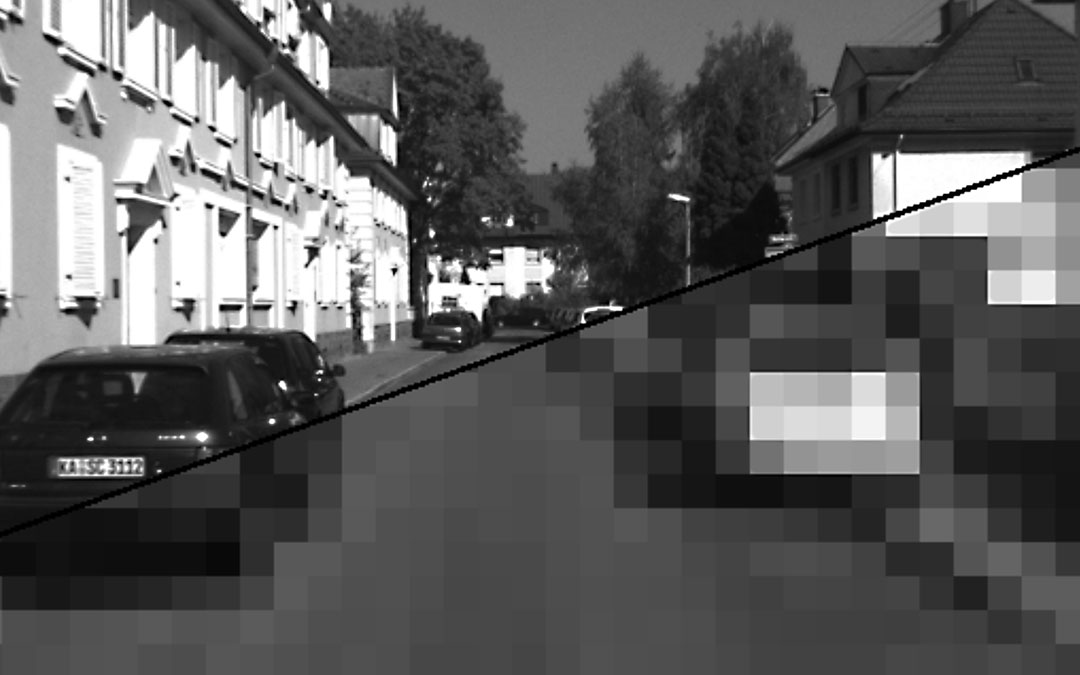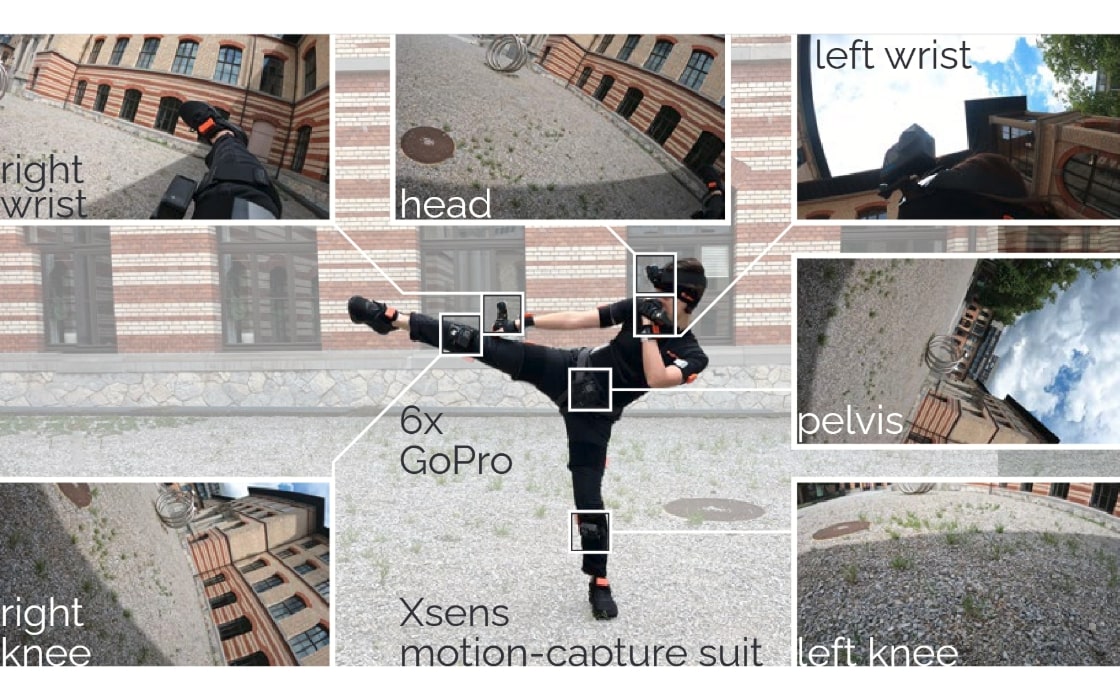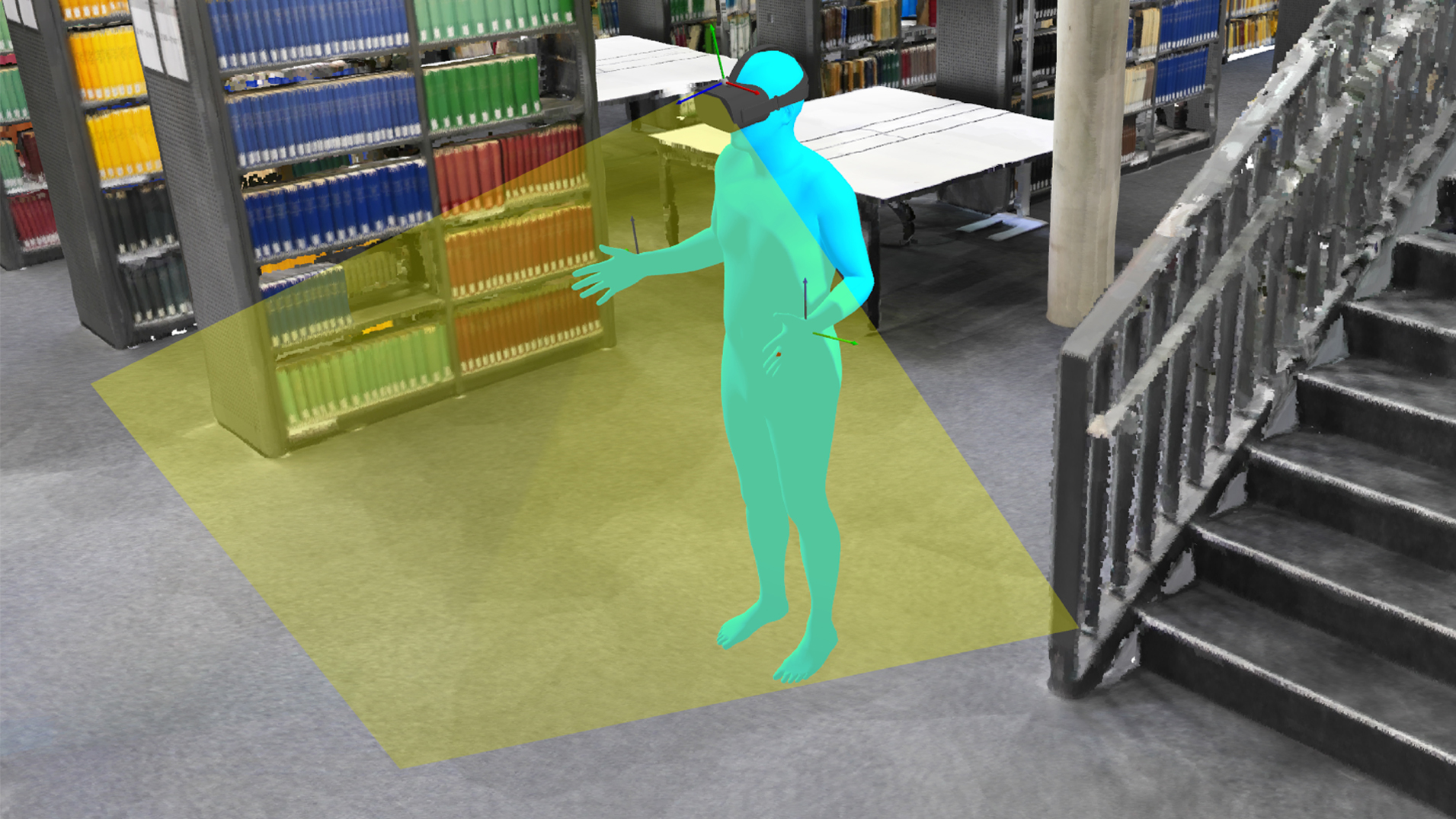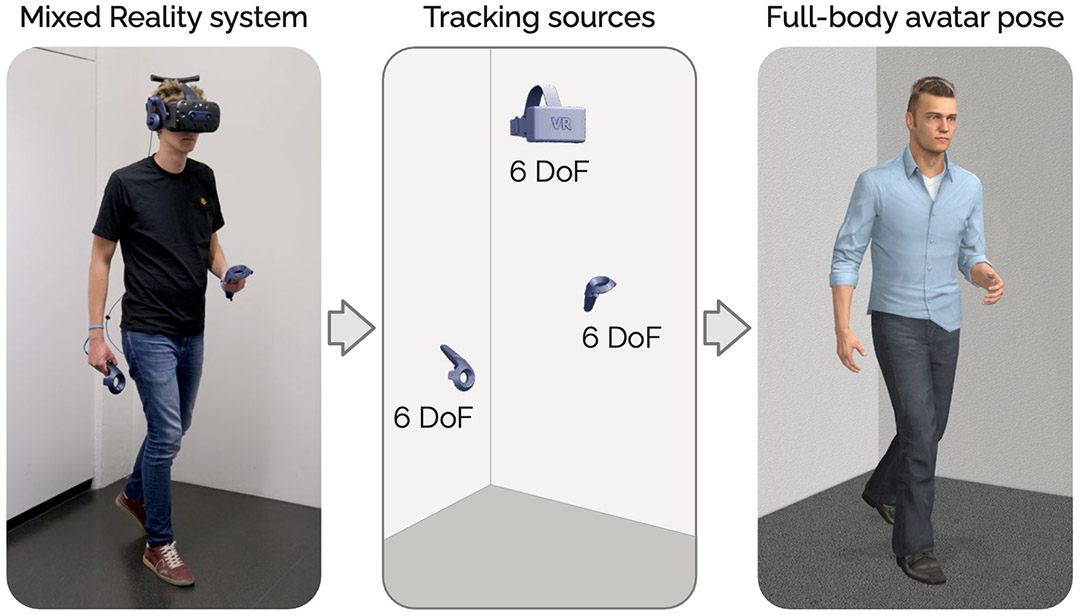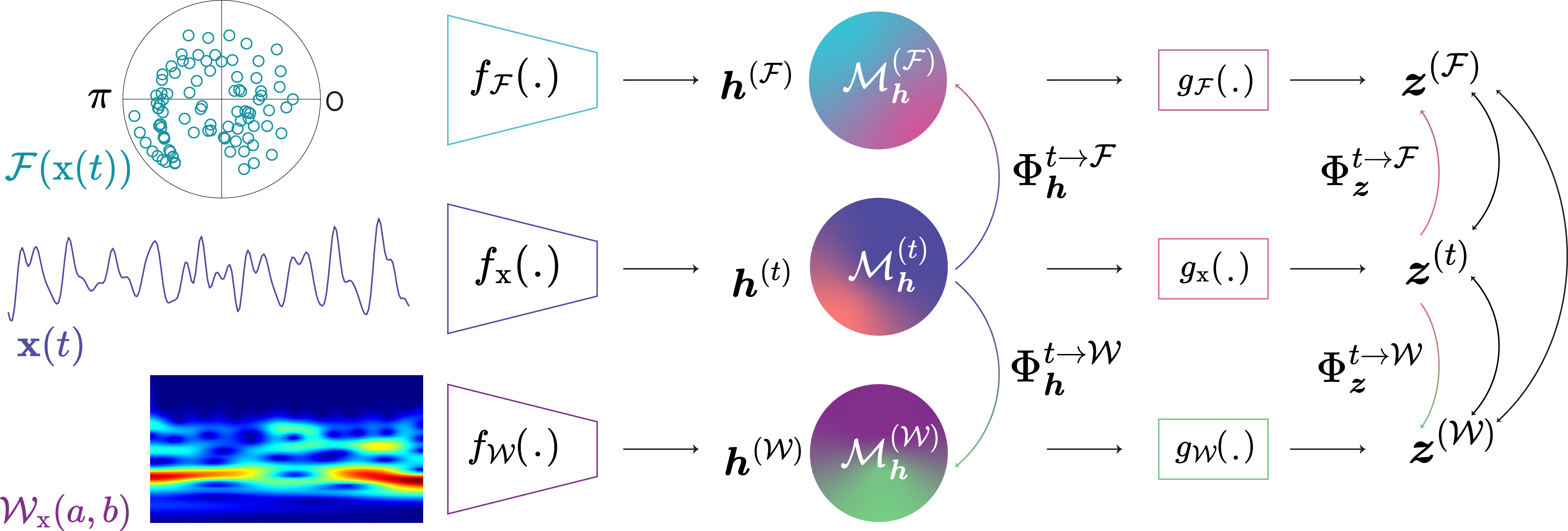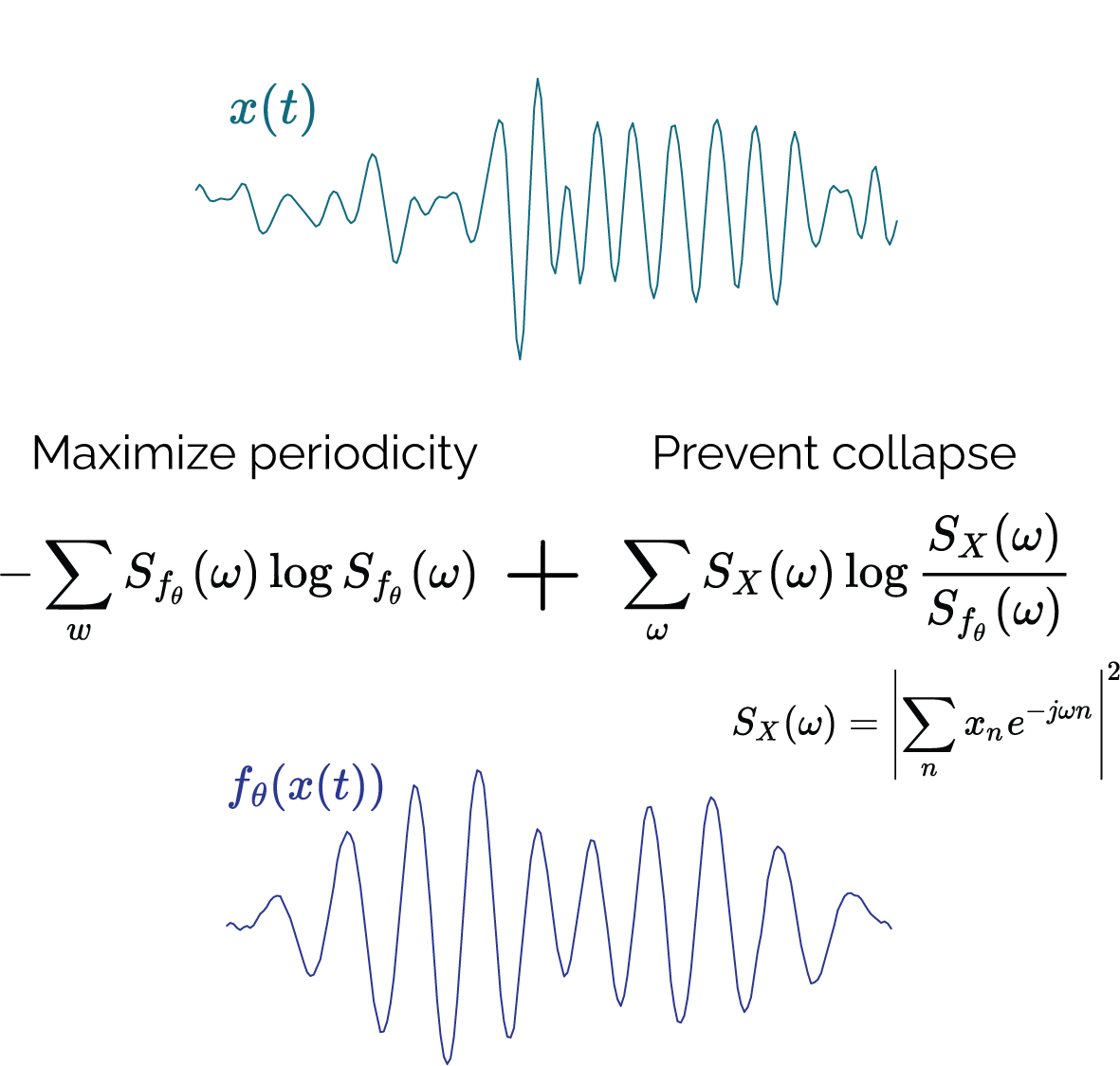Towards Privacy-Preserving Ego-Motion Estimation using an Extremely Low-Resolution Camera
IEEE RAL 2020Abstract
Ego-motion estimation is a core task in robotic systems as well as in augmented and virtual reality applications. It is often solved using visual-inertial odometry, which involves using one or more always-on cameras on mobile robots and wearable devices. As consumers increasingly use such devices in their homes and workplaces, which are filled with sensitive details, the role of privacy in such camera-based approaches is of ever increasing importance. In this paper, we introduce the first solution to perform privacy-preserving ego-motion estimation. We recover camera ego-motion from an extremely low-resolution monocular camera by estimating dense optical flow at a higher spatial resolution (i.e., 4x super resolution). We propose SRFNet for directly estimating Super-Resolved Flow, a novel convolutional neural network model that is trained in a supervised setting using ground-truth optical flow. We also present a weakly supervised approach for training a variant of SRFNet on real videos where ground truth flow is unavailable. On image pairs with known relative camera orientations, we use SRFNet to predict the autoepipolar flow that arises from pure camera translation, from which we robustly estimate the camera translation direction. We evaluate our super-resolved optical flow estimates and camera translation direction estimates on the Sintel and KITTI odometry datasets, where our methods outperform several baselines. Our results indicate that robust ego-motion recovery from extremely low-resolution images can be viable when camera orientations and metric scale is recovered from inertial sensors and fused with the estimated translations.
Reference
Armon Shariati, Christian Holz, and Sudipta N. Sinha. Towards Privacy-Preserving Ego-Motion Estimation using an Extremely Low-Resolution Camera. In Robotics and Automation Letters 2020 (IEEE RAL).
